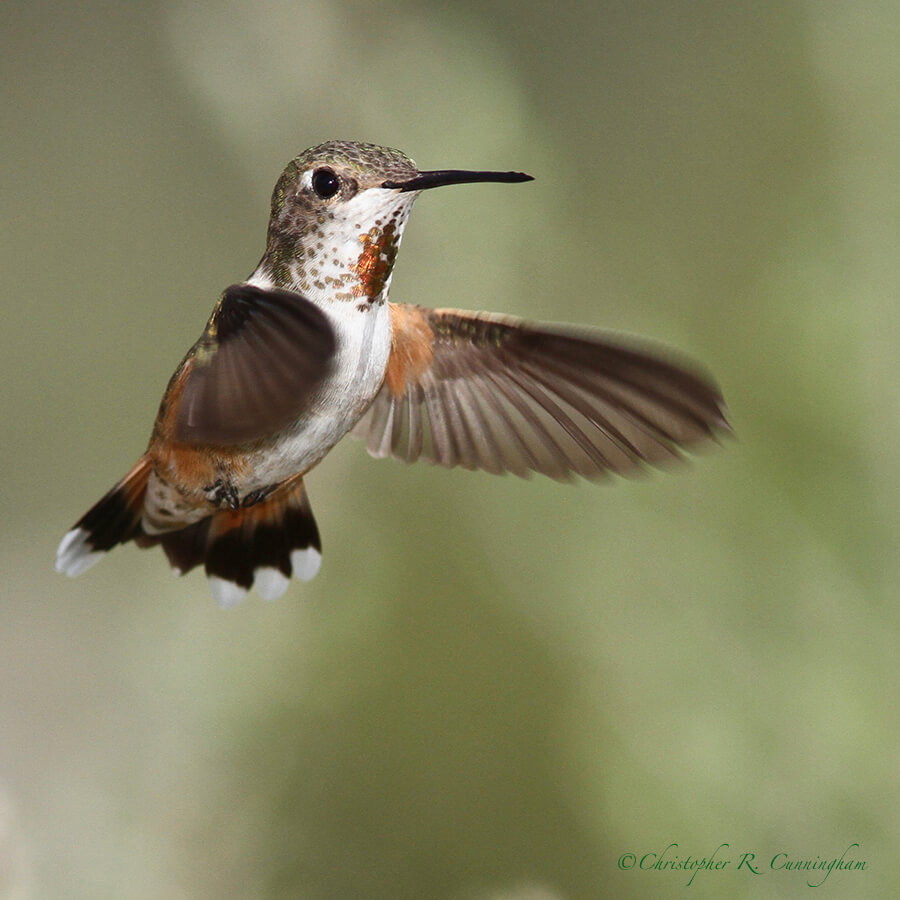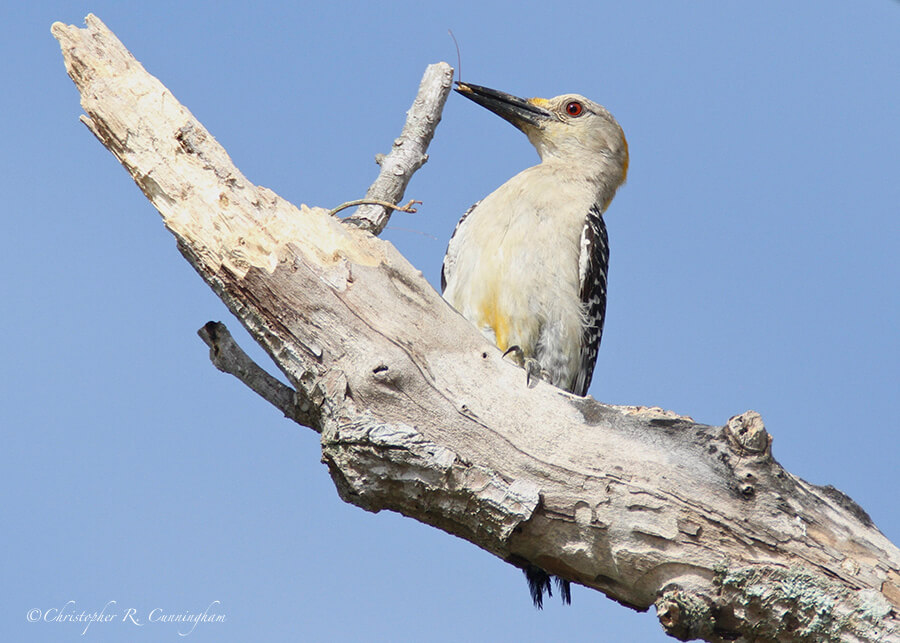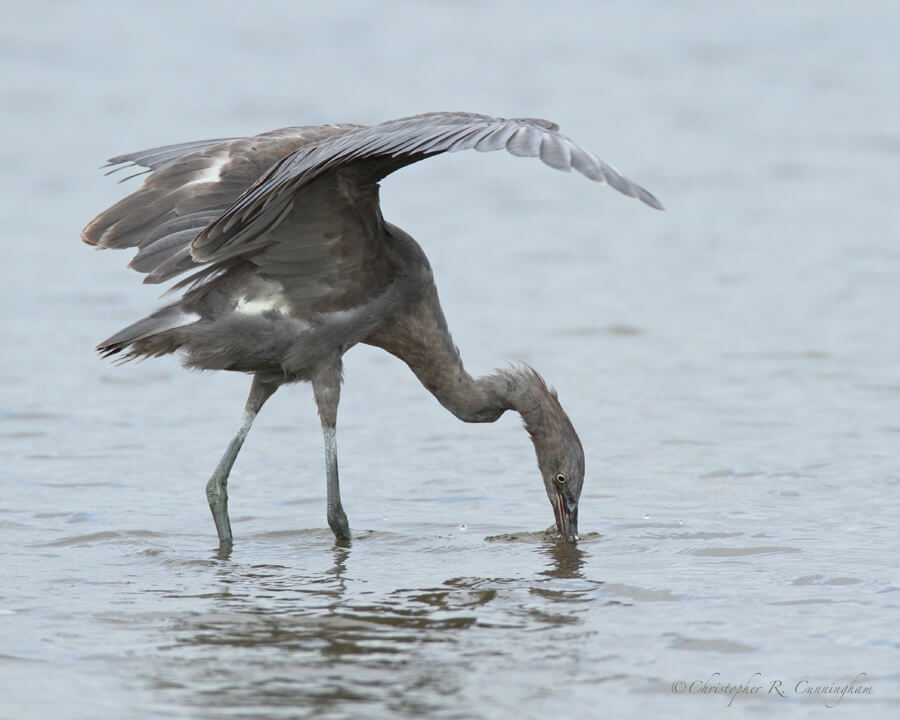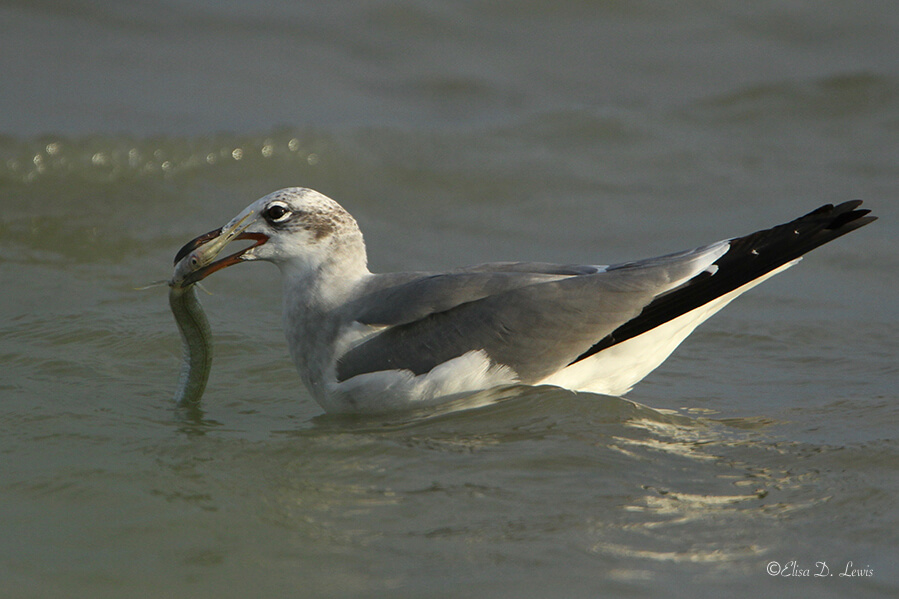Dans les champs de l’observation le hasard ne favorise que les esprits préparés.—Louis Pasteur

Pasteur’s brilliant and famous expression above (“Chance favors the prepared mind” in streamlined English translation) is undoubtably one of life’s great truths. Ultimately, seeing a particular bird species or avian behavior is a matter of chance. In all the singular sightings of difficult-to-see species (Tropical Parula, Red-faced Warbler, Clay-colored Robin, Black Rail, etc) that I’ve made, I realize that had I been looking in a slightly different direction for a fraction of a second, I would have missed the bird entirely. But being in the right place at the right time to even have a possibility of making the observation in the first place is decidedly a matter of preparation (and effort), not chance.

Photographing birds is even more subject to the vagaries of chance than simply seeing birds. A passing cloud, a wind gust, a stray blade of grass in front of the subject, stepping in a hole or ant nest, or getting stung in face by a nasty bug at the precise moment a shutter should have been activated can all doom a photo that, a fraction of a second before, held great promise. The fact that rare, unpredictable natural events can be captured at all is sometimes a matter of some amazement to me given the difficulty of the problem. I think, for example, that after thousands of hours of photo-birding I’ve seen birds eating walkingsticks a total of three times in my life, and, incredibly, I was able to photograph it each time! On the other hand, I’ve never captured a single decent image of some species of birds I’ve seen dozens of times!

From time-to-time, I talk with photographers who have quit trying to photograph birds, or are at least considering quitting. They cite the difficulty and not getting any good results. What they seem to be hoping for is serendipity, or at least great good fortune. But after slogging through swamps and jungles, being pelted by rain and blasted by the sun from deserts to plains and mountain-tops, and shooting tens of thousands of images, I’ve started to doubt that serendipity or even good luck is much of a factor in photo-birding. I think that there are only drive and statistics. If you want some bird photos, then clear your calendar, break out the sunscreen and bug repellent, and get out there and photograph some birds (and enjoy the process)!

©2016 Christopher R. Cunningham and Elisa D. Lewis. All rights reserved. No text or images may be duplicated or distributed without permission.